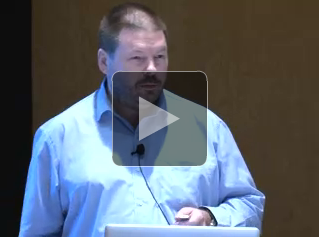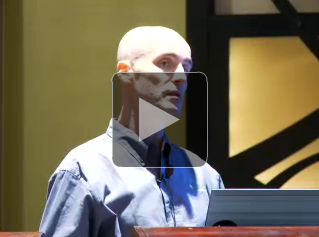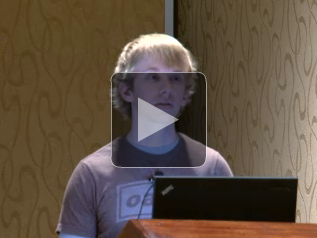Dear Spring Developers and Graphistas,
We're happy to present you with the release of Spring Data Neo4j
2.0 as a small Christmas gift from our side. Spring Data Neo4j is based on Neo4j 1.6.M02.
The major feature of this release is the addition of a simple
mapping mode (spring-data-neo4j). Just annotate your POJOs and use a GraphRepository
for the usual CRUD and advanced query operations.
For graph-attached POJOs and high performance use-cases, you can employ the advanced mapping mode (spring-data-neo4j-aspects), which leverages AspectJ to enhance your domain class.
Both mapping modes use the same underlying code, which is now based on the Spring Data Commons mapping infrastructure.
We improved the Cypher graph query language support by supporting new Cypher features, adding queries derived from finder-methods to the repositories and extended the result handling conversions to include projections to mapping-interfaces, Pages and more.
Besides also adding preliminary geospatial support provided by the Neo4j-spatial project, we also support new, type-safe Cypher-DSL which can also be used in conjunction with Query-DSL.
The example project are now included with the main source tree so that they are always up-to-date.
The cineasts tutorial app is also included in the examples in 3 versions (simple mapping, advanced mapping, REST).
Thanks to the recent public availability of the Neo4j Add-On on Heroku, we included a chapter on how to deploy a Spring Data Neo4j application into the Heroku cloud. Youll also find an accompanying example application called todos that is ready for deployment.
Special Thanks to James and Werner from Junisphere for all the code contributions and fixes.
In the last few weeks we got a lot more feedback on the Spring Forums, on JIRA and on the Neo4j Mailing list. We used your help to remove bugs, improve behaviour and documentation. Thanks a lot to everyone who reported issues and contributed insights.
To learn more about Spring Data Neo4j make sure to watch the introductory webinar by the project lead Michael Hunger and have a look at the extensive guide book. The detailed presentation from the Spring One conference is available on InfoQ.
And then please get your hands dirty and include Spring Data Neo4j in your holiday project which you could use to look at your domain with a fresh perspective.
Happy Holidays!
The Spring-Data and Neo4j Team
Project resources:
Downloads | Reference Card | JavaDocs | Spring Data Graph Guide Book | Changelog | GitHub Repository



